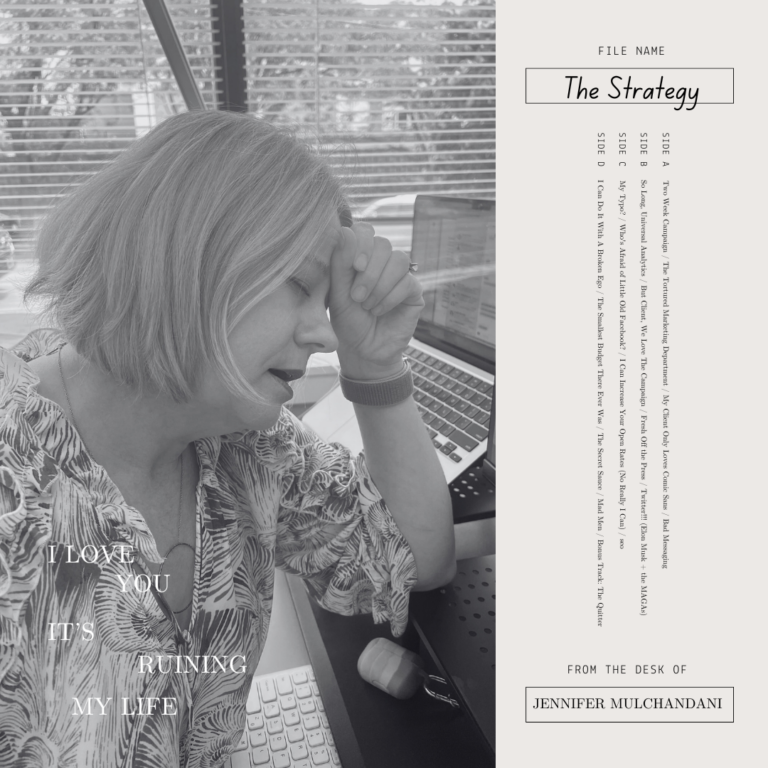 Email marketing is an important tactic to consider incorporating into your marketing strategy. Don’t worry if you don’t know where to start, that’s where this blog post comes in!
Email marketing is an important tactic to consider incorporating into your marketing strategy. Don’t worry if you don’t know where to start, that’s where this blog post comes in!
Key terms in email marketing:
Audience: a group of contacts; you can have one or more audiences.
Campaign: an email (or series of emails) sent to an audience for a specific marketing goal
Subject Line: the line of text people see when they receive your email
Preview Text: a brief description of what’s in your email; seen in inbox
For a full glossary, click here.
Step 1: Create an Account
We most often recommend Mailchimp, but there are a number of reputable email marketing services that could be a good fit for your business depending on how robust the capabilities are that you are looking to turn on.
Step 2: Create Your Email Marketing Contact List
When compiling your lists, it’s critical that you DO:
- Create a website sign-up form in your email marketing platform
- Promote your form on social media
- As you network, ask to add contacts to your email list
- Use sign-up sheets at your events
… but DON’T
- Buy an email list
- Add people without their permission
An easy and passive way to collect email contacts is by creating a contact form on Mailchimp. This allows your contacts to give their information and be directly inputted into an audience on your account. For step-by-step instructions on how to create one, read the Mailchimp article here.
Step 3: Import Your Contact List
For step-by-step instructions, read the Mailchimp article here.
Step 4: Plan Your Content
Email marketing can be used to support a variety of brand goals, and those goals should drive your content plan. For example, if you are a retailer offering weekly promotions, you can send weekly emails detailing the deal(s) for that week. Or if you are a service provider, you might use email marketing to provide industry news and commentary to business partners, demonstrating thought leadership and raising your profile as a thought leader. Whatever your business, you may wish to nurture your audience with a monthly email newsletter, sharing a variety of information that keeps your brand top of mind.
We recommend creating a content calendar to plan out what information you want to include. This allows you to devote a dedicated amount of time to content planning instead of having to create from scratch every time you think of sending an email. Planning also keeps you consistent.
Step 5: Create Your First Email Marketing Campaign
Now that you have contacts for your email marketing, it is time to start setting up your campaigns.
We recommend that you create a template that can be used repeatedly so you are not recreating a layout each time you want to send an email. Most email marketing programs offer pre-built templates, or you can create your own using easy drag-and-drop elements. Customize the layout with elements such as your logo, header images, font style, brand colors, and more.
Learn how to create a template in the Mailchimp article here. For design tips, read here.
Make sure your email template works with your content plan, use blocks to break up content into sections by theme and incorporate images. Your email template should be consistent with your other brand assets, using similar fonts/colors/imagery as your social media channels and website. Always include at least one call-to-action for your reader (like a button or hyperlink to your website).
Once you have a template, you are ready to create your email campaign! Mailchimp details this step nicely.
For more insight into getting started with email marketing, stay tuned for our next blog post!



